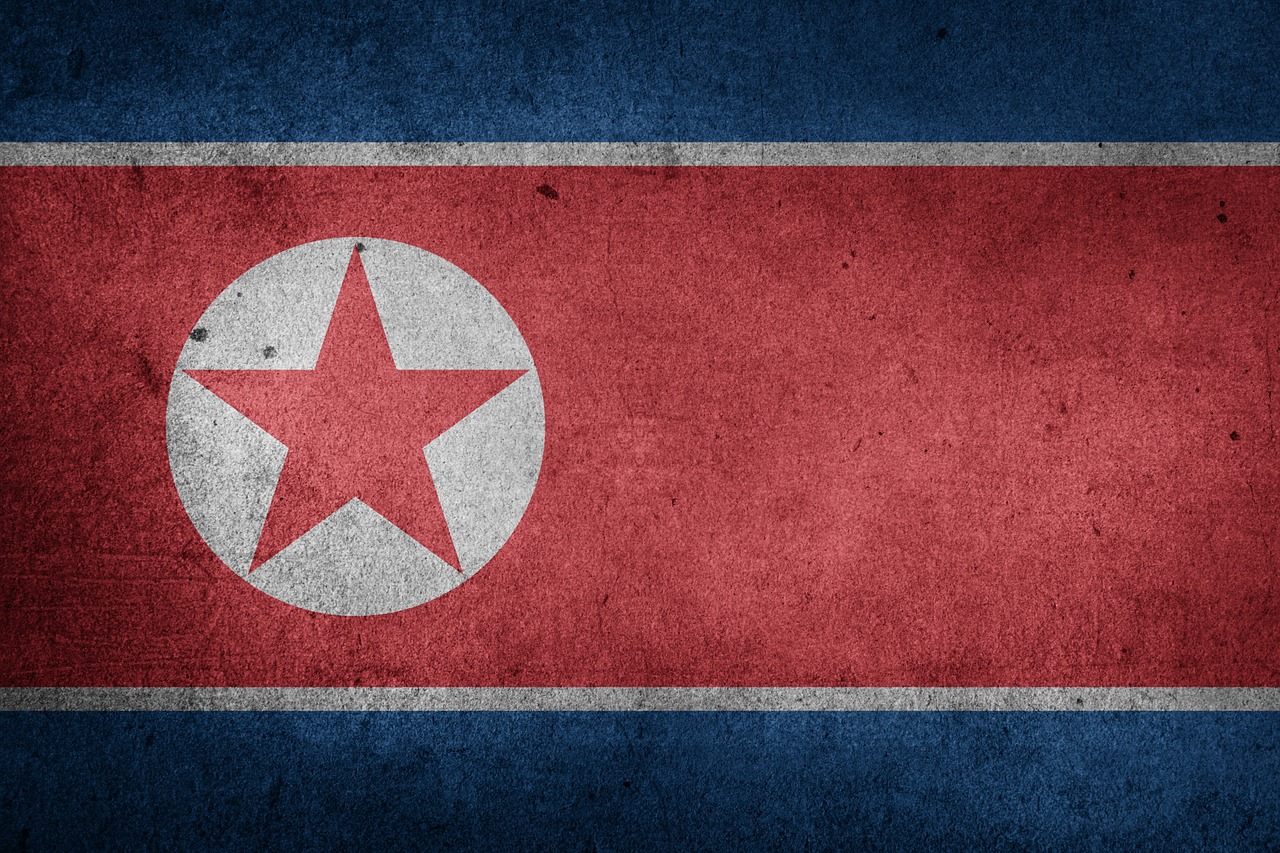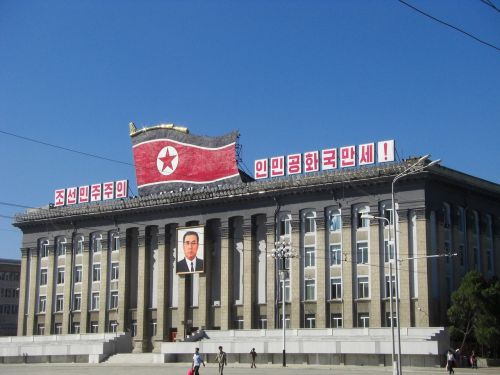Physical Address
304 North Cardinal St.
Dorchester Center, MA 02124
Physical Address
304 North Cardinal St.
Dorchester Center, MA 02124
Being human in this 'brave new world'
Being human in this 'brave new world'

PYONGYANG has hinted it could launch another satellite into space in the near future.
At the weekend state media announced that supreme leader Kim Jong-un would funnel more resources into aerospace programs to develop the nation as a “space power”.
The evidence is building that the dictatorship is preparing another space launch with satellite intelligence from Planet Labs Inc. and the Middlebury Institute of International Studies at Monterey showing at North Korea’s Sohae Satellite Launching Station.
The satellite launching station was meant to be dismantled after an agreement made at the 2018 Singapore summit between Donald Trump and Kim Jong-un as part of a deal to relax sanctions.

However, diplomatic communications between the US and North Korea have cooled and the regime has begun to re-build at the site.
Speaking to National Public Radio in the US, Dave Schmerler of the Middlebury Institute said: “We’re seeing roadwork that would facilitate the possible addition of new structures
“It’s a site that hasn’t seen a lot of physical construction activity in a long time.”
The Humanoid takes a look at the reclusive regime’s space faring history.
Developments began in ernest in the 1990s with the experimental satellite, Kwangmyongsong-1, called “Bright Star” or “Lode Star”.
The regime launched the Kwangmyongsong 1 satellite in 1998, they claimed it was a success, but internationally no satellite was recorded as reaching orbit.
It was launched from the Tonghae Satellite Launching Ground, also known as Musudan-ri, which is the main rocket launching site in North Korea.
The site is in the north east of the country and is situated by the sea of Japan.
Recently, in December 2019, North Korea has concentrated on dveloping new rocket engines at the Sohae Satellite Launching Station that sits on the countries western coast, on the Yellow Sea.
In 2016 North Korea launched the satellite called Kwangmyongsong-4.
It is named after late leader Kim Jong Il.
The regime announced that the mission was a “complete success”.
North Korea declared the “object” was making a polar orbit of Earth every 94 minutes.
Of the last launch North Korea’s National Aerospace Development Administration called it “an epochal event in developing the country’s science, technology, economy and defense capability by legitimately exercising the right to use space for independent and peaceful purposes”.
North Korea did not receive its missile technology from the Soviet Union, which it has always had an uneasy relationship with.
North Korea received a handful of missiles from Egypt at the start of the 1980s and this was a reward for their resistance during the Yom Kippur War.
North Korea had sent 20 fighter planes to help Egypt and in return they got the missiles.
They then reverse-engineered the Egyptian missiles to design their own homegrown versions.
They then began selling these versions to Iran, which became the Iranian Shahab missile.
The Hwasong missile design became the basis of the North Korean missile technology that would be used in their space program.
Kerosene fuel was replaced with unsymmetrical dimethyl hydrazine, which is hypergolic, with many oxidizer combinations.